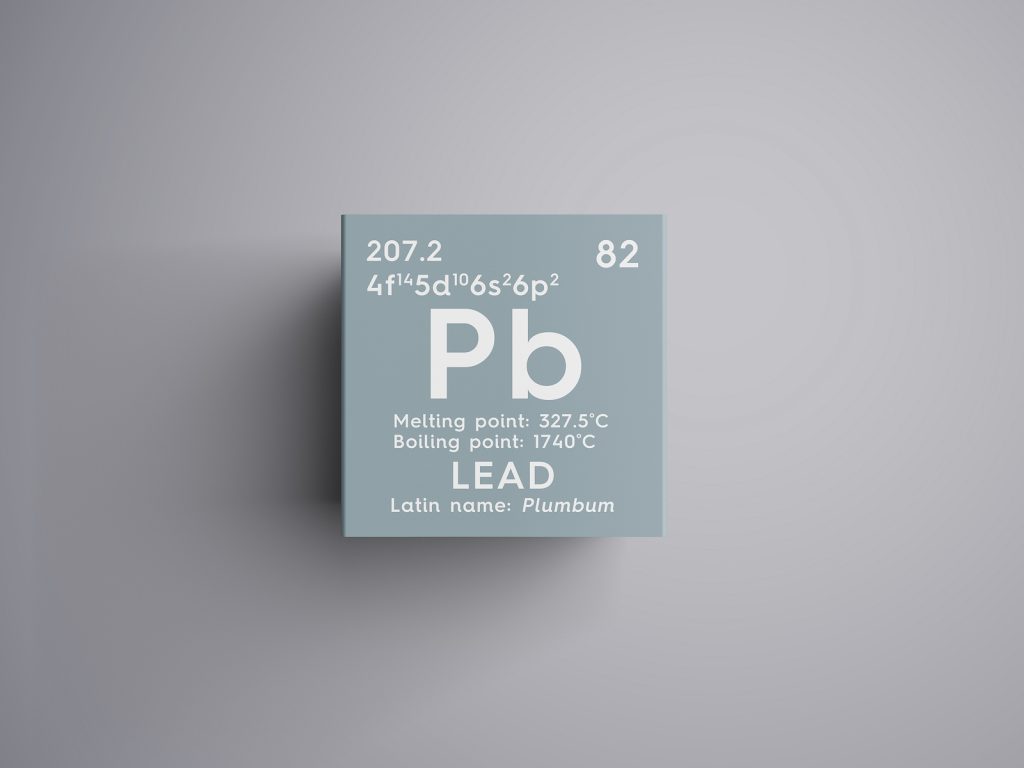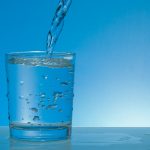Homeowners who have a private well system should always be aware of common contaminants that could potentially seep into your water system. There are no EPA regulations that require homeowners to test their drinking water. Because of this, many homeowners will go years without having their water tested. Doing so can leave you and your family at risk of ingesting common water well contaminants such as lead. If your home has a private well, it is important to understand what to do when there is too much lead in the water.
What is Lead?
Lead is a naturally occurring element that is found in small amounts on the Earth’s crust or its outer layer. It is a bluish-gray metal that can be found in all parts of the environment including the air and water. Most of our exposure to lead comes from human activities such as burning fossil fuels, mining, and manufacturing. It can also be found in many different materials like lead-based paint, batteries, and metal products such as solder and pipes.
It is important to monitor the amount of lead in the water because it can have various negative health effects. If too much lead gets into your body, it can cause damage to your brain, nervous system, red blood cells, and kidneys. It can be especially harmful to infants, pregnant women, and nursing mothers. Because it poses these health risks, make sure you’re aware of the lead levels in your water.
How Does Lead Get Into My Drinking Water?
In general, lead rarely occurs naturally in water. So how does it get into your drinking water? If lead is present in your drinking water, it is most likely coming from your water delivery system. Lead pipes that transport water from your private well to your tap are one of the leading sources of lead in the water. It can also come from lead solder which is used to join together copper pipes. For wells that are more than 20 years old, the “packer” which is used to help seal the well could also contain small amounts of lead. Aside from that, natural corrosion of your pipes over time can be the cause of lead in the water. No matter what the source is, it is important to be aware of.
How to Tell if There is Lead In the Water
The worst part about lead being in your drinking water is that you will have no way of knowing. Lead doesn’t give water a different smell, taste, or color. The only way to know for sure if lead is in your water is to have your entire system tested and treated. It is best to have this done by a professional. They’ll be able to tell you which contaminants are present in your drinking water and they can take the necessary steps to treat it.
In the meantime, there are few things you can do to lower lead levels in your water while waiting for it to be tested and treated. If your water hasn’t been turned on in over six hours, let it run for about 30-60 seconds before using it. This will flush out the stagnant water that has just been sitting in your lead pipes. You could also stick to using cold water for drinking and cooking. Hot water will dissolve lead from pipes at a much faster rate than cold water will. While these actions can be good temporary solutions, having your water professionally tested and treated is your best option.
Get the Lead Out
Having too much lead in the water is a serious matter. Overexposure can pose serious health risks, especially for infants and pregnant women. Be sure that your family is safe and call a professional to test your drinking water. A1 Well Drilling & Pump Service can help with all of your water treatment needs. We will test your drinking water and ensure it is safe for consumption. If you think there is lead in your drinking water or you just want to be safe, give us a call today!






